Canal 1535
- 30 units available
- 1 bed • 2 bed
- Amenities
In unit laundry, Putting green, Patio / balcony, Granite counters, Hardwood floors, Dishwasher + more

The largest cities in Louisiana are New Orleans (383,997 residents), Baton Rouge (227,470 residents), and Shreveport (187,593 residents), according to the U.S. Census Bureau’s most recent population estimates. These three metros anchor the state’s economy and culture, with New Orleans leading in tourism and healthcare, Baton Rouge centered around government and higher education, and Shreveport providing affordable living with a growing job base.
Louisiana’s other major cities include Lafayette, Lake Charles, Kenner, Bossier City, Monroe, Alexandria, and Houma. Together, these urban areas shape the housing market, employment opportunities, and quality of life across the state.
Whether you’re considering New Orleans for its cultural festivals, Baton Rouge for its university atmosphere, or Lafayette for its Cajun food and family life, understanding each city’s housing costs, job market, and livability is key before making a move. This guide breaks down the 10 largest cities in Louisiana, with updated rent data, population numbers, and lifestyle insights.
A note about data: All rental data is sourced from Apartment List (2025 estimates). Walk, bike, and transit scores are provided by Walk Score. Cost of Living (COL) figures are based on Sterling’s Best Places index, benchmarked against the U.S. overall Cost of Living score (100). Median household income and population figures come from the U.S. Census Bureau.
| City | Population | Average One-Bedroom Rent | Average Two-Bedroom Rent | Median Income | Cost of Living Index |
|---|---|---|---|---|---|
| New Orleans | 383,997 | $1,487 | $2,149 | $55,580 | 101.6 |
| Baton Rouge | 227,470 | $1,178 | $1,294 | $41,651 | 93.2 |
| Shreveport | 187,593 | $926 | $1,109 | $48,486 | 77.7 |
| Lafayette | 121,374 | $1,159 | $1,394 | $62,158 | 90.2 |
| Lake Charles | 84,872 | $833 | $1,124 | $55,420 | 84.1 |
| Kenner | 66,488 | $1,262 | $1,633 | $68,166 | 97.5 |
| Bossier City | 62,701 | $1,066 | $1,368 | $55,130 | 84.9 |
| Monroe | 47,702 | $850 | $965 | $36,521 | 84.3 |
| Alexandria | 45,275 | $872 | $1,075 | $47,357 | 84.4 |
| Houma | 33,406 | $1,076 | $1,395 | $54,637 | 86.9 |
New Orleans is Louisiana’s largest city, famous for its architecture, festivals, and music. Housing costs are higher than the state average, but areas outside the French Quarter, like Treme or Mid-City, offer more affordable rentals. Public transit includes buses and the streetcar system, though most residents also rely on cars. Jobs are concentrated in tourism, healthcare, and education.
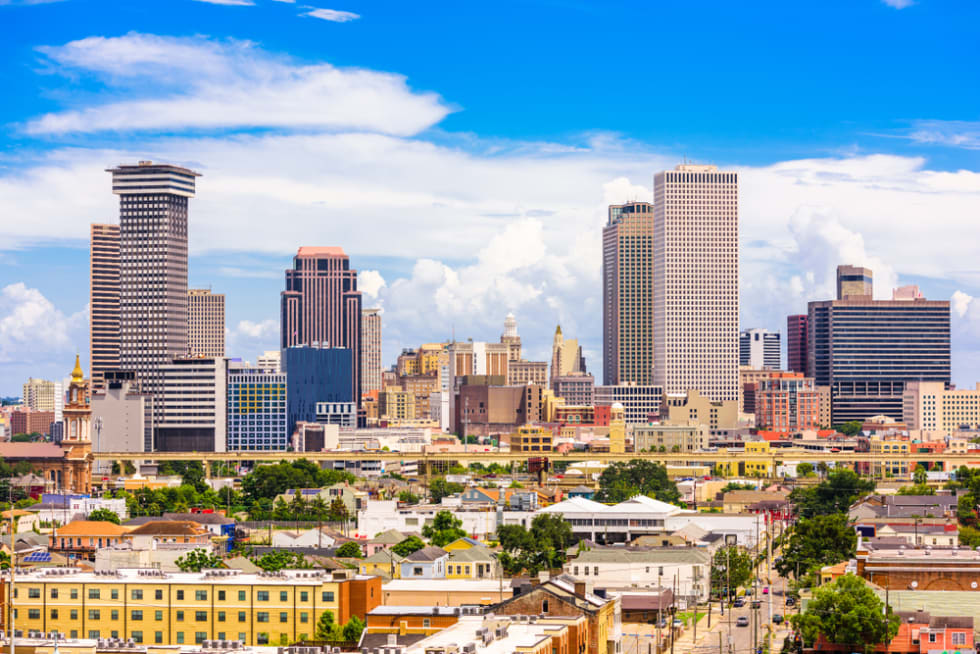
Baton Rouge is home to Louisiana State University, giving it a younger population and a steady job base in education and healthcare. Rental costs are moderate, with many affordable apartments. Popular neighborhoods include Mid City and Gardere. The city operates a bus system, though cars remain common.
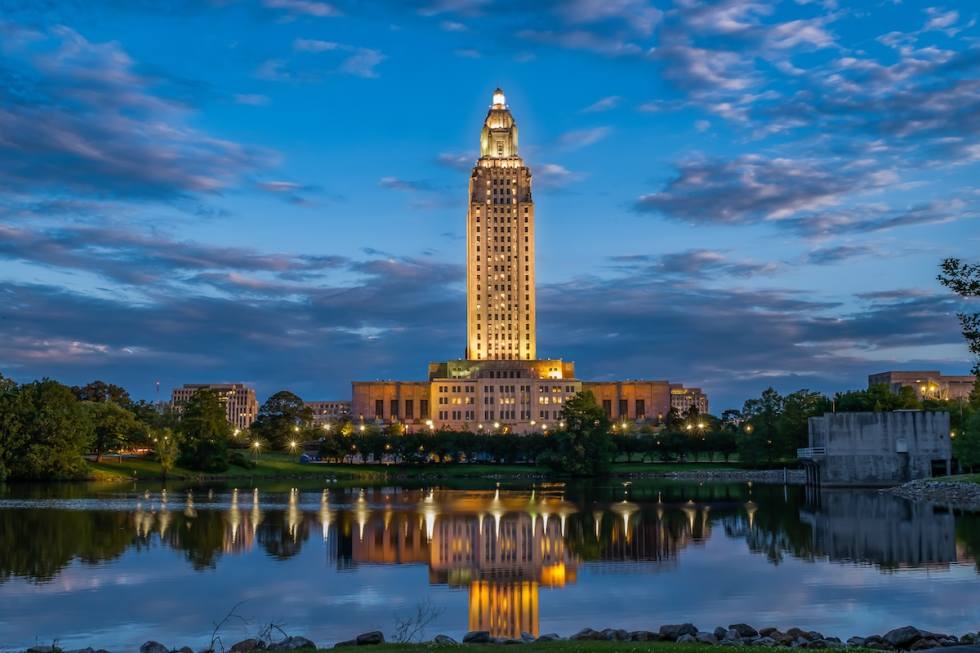
Shreveport is an affordable city in northwest Louisiana with low rents and a cost of living well below the national average. Housing ranges from historic homes in charming neighborhoods to modern apartments. Employment centers include healthcare, logistics, and oil/gas. Public transit is limited, so most residents drive.
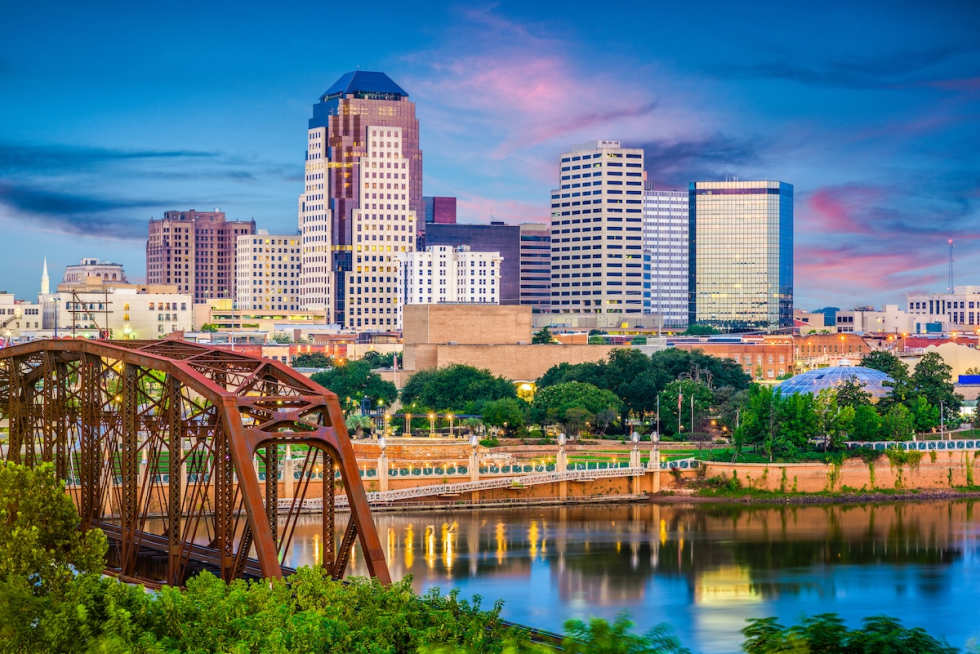
Lafayette is often considered the cultural center of Cajun Country. Housing costs are moderate, and neighborhoods like River Ranch offer higher-end rentals. Jobs are growing in energy, healthcare, and retail. Biking and buses are available, though a car is still useful.
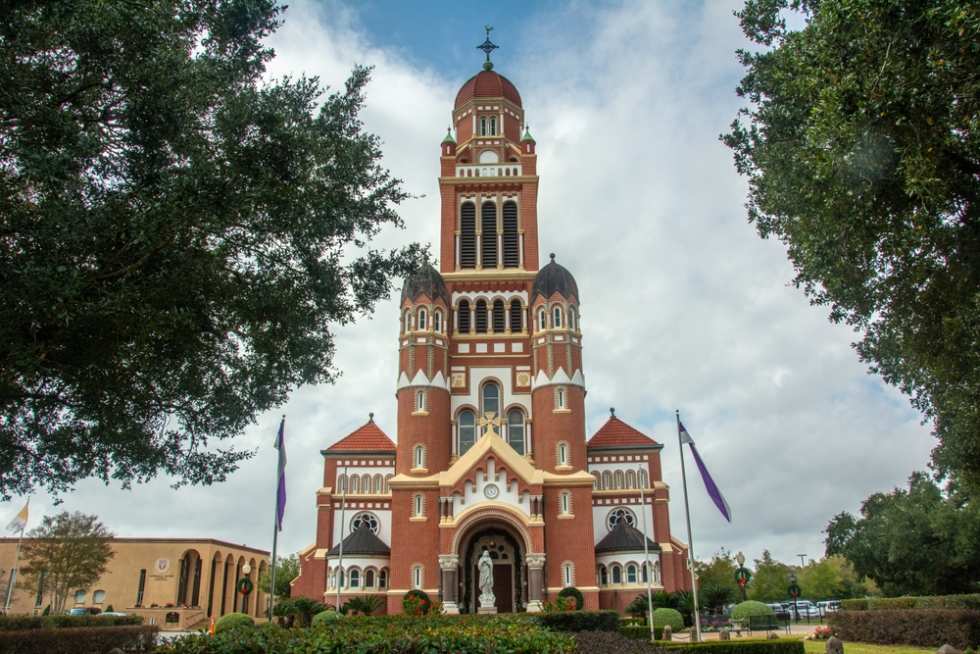
Lake Charles is known for its casinos and access to the Gulf. The housing market is among the most affordable of Louisiana’s big cities, and jobs are tied to petrochemicals, gaming, and shipping. Transit is minimal, making cars essential.
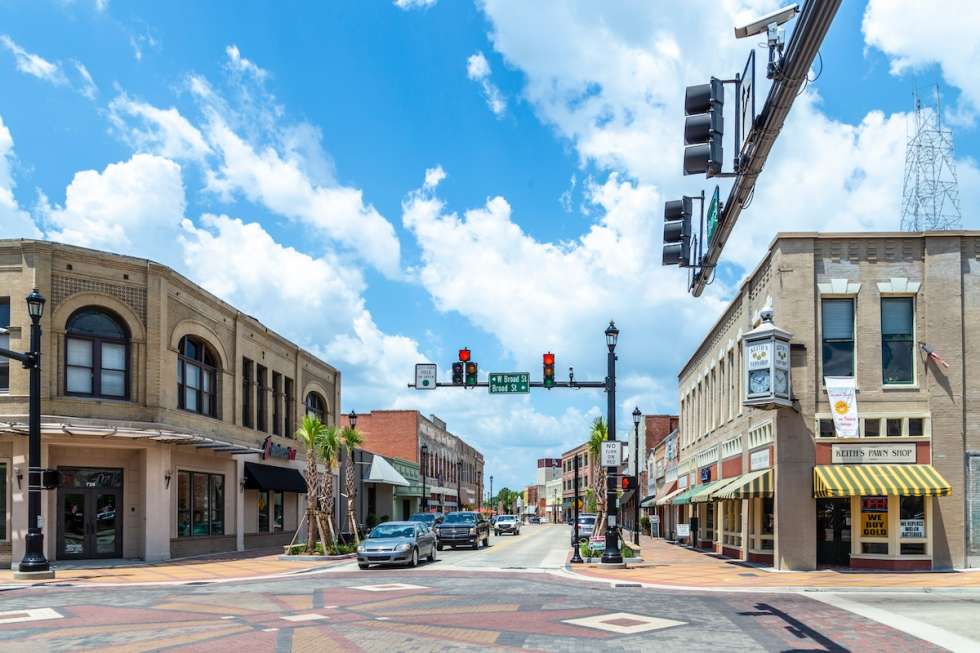
Kenner is adjacent to New Orleans and close to the Louis Armstrong International Airport. Rent is higher than some Louisiana cities, but still below national averages. The city’s economy is primarily tied to retail, hospitality, and air travel.
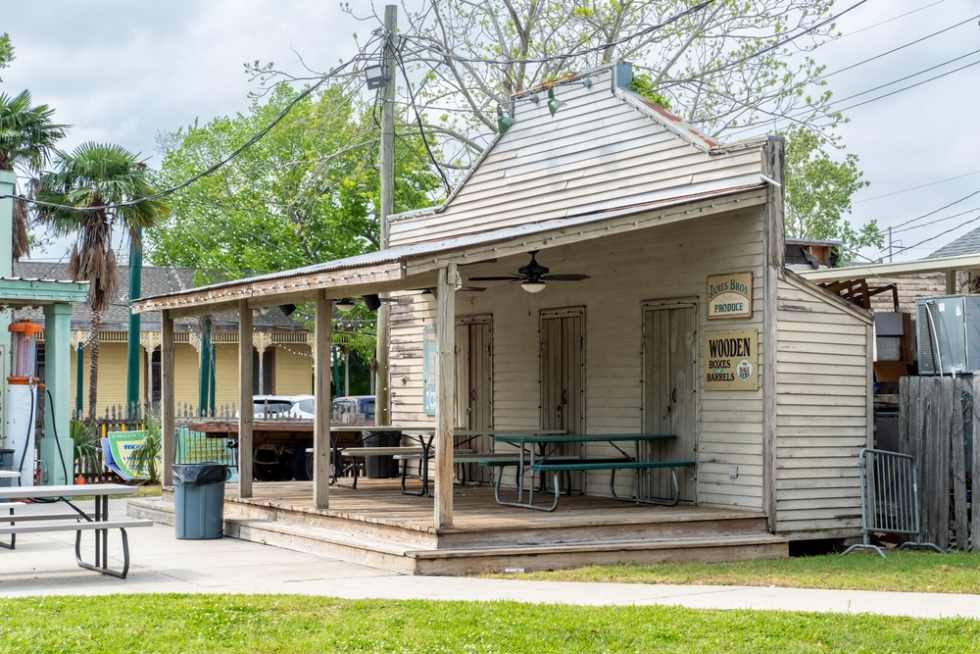
Bossier City sits across the river from Shreveport. Housing costs are affordable, and East Bossier has grown into a retail and commercial hub. Jobs focus on defense, retail, and hospitality.
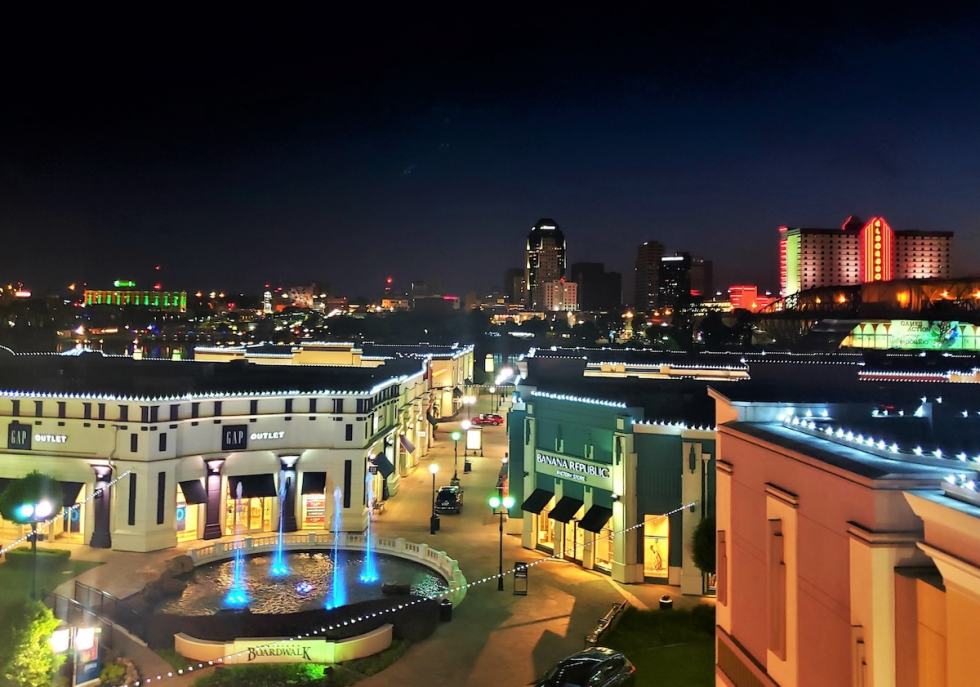
Monroe is one of the most affordable large cities in Louisiana, with average rents below $1,000 and a cost of living index well under the national average. The Garden District features historic homes and tree-lined streets, while the area around the University of Louisiana at Monroe provides student housing and cafes. Monroe Transit supports local commutes, but most residents rely on cars.
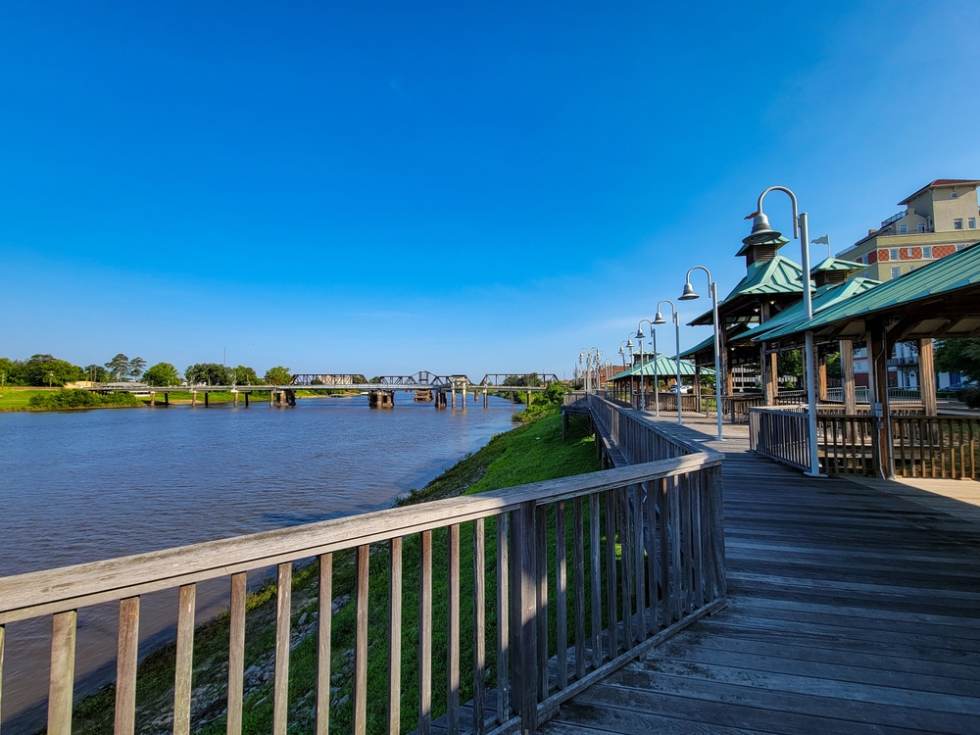
Alexandria is a central Louisiana city with an affordable housing market and a steady rental supply. Downtown includes historic buildings, shops, and the Alexandria Arts District with galleries and festivals. The Red River adds scenic value, while Kisatchie National Forest is nearby for recreation. Local transit is limited, so driving remains the most common way to get around.
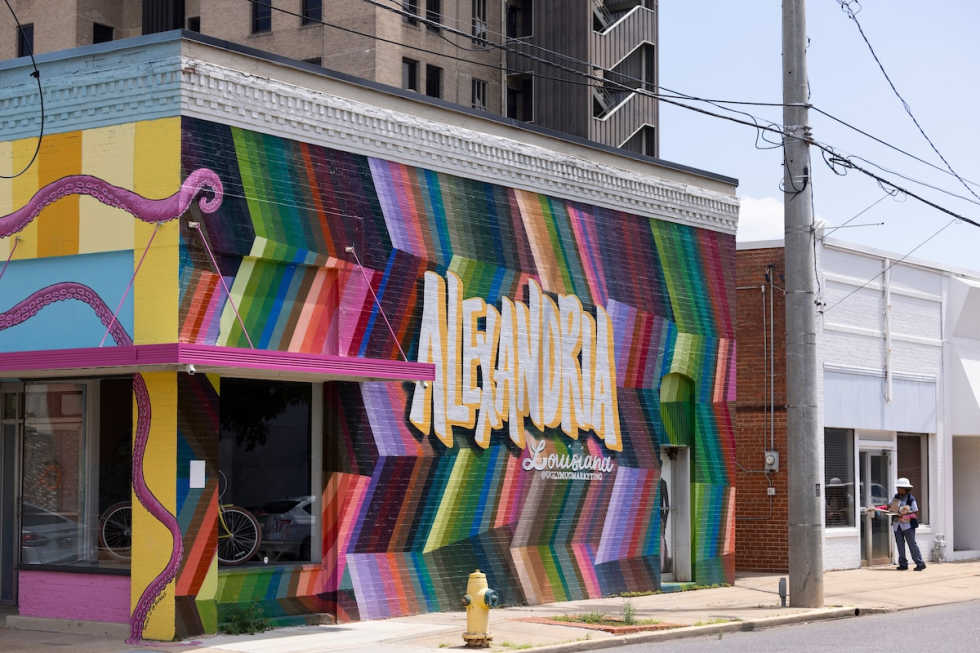
Houma, located in Cajun Country, provides a slower pace of life and a rental market with prices below the national average. Downtown has historic buildings, restaurants, and cultural events, while waterways around the city offer fishing and boating. Good Earth Transit runs limited bus service, but Houma is largely car-dependent. Many residents value its affordability and local culture.
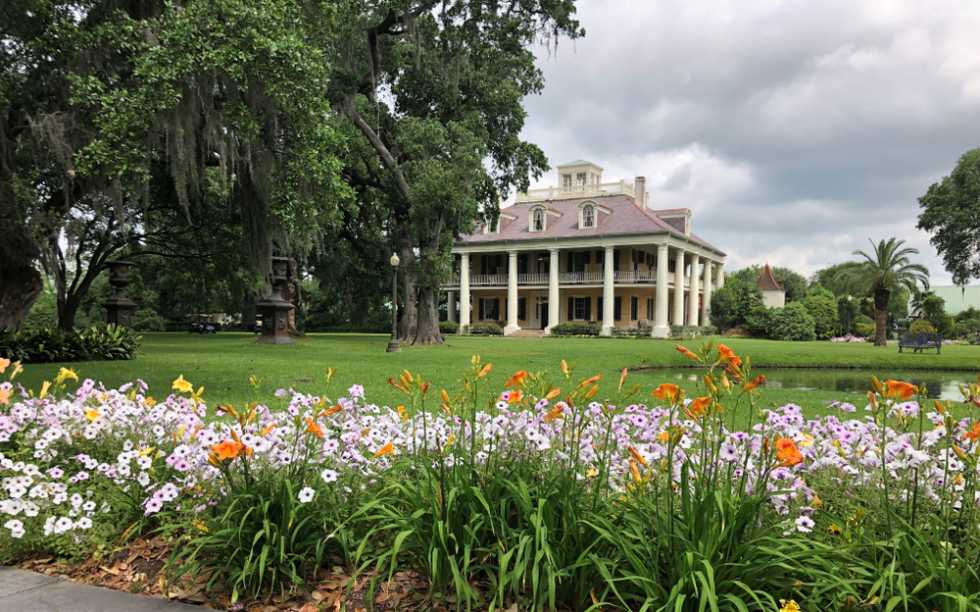
Louisiana’s largest cities provide a wide range of housing and lifestyle options. New Orleans offers culture and festivals, Baton Rouge caters to students and professionals, and Shreveport delivers affordability. Smaller cities like Alexandria and Houma appeal to renters looking for lower costs and a slower pace. With housing markets, jobs, and lifestyle factors varying widely across the state, there’s a Louisiana city for every type of renter.
Ready to find your perfect Louisiana apartment? Head over to our matching tool so you can narrow down your options and find an apartment in Louisiana that ticks all your boxes. Happy hunting!
The majority of Louisiana’s population lives in the southern part of the state, concentrated in metro areas like New Orleans, Baton Rouge, Lafayette, and Lake Charles.
According to Apartment List's 2025 renter migration report, the top cities moving into New Orleans, LA are Mobile, AL, Dallas, TX, and Houston, TX.
It's important to note that there isn't a definitive consensus on Louisiana experiencing a surge in popularity. However, there are some trends that might be fueling a perception of increased interest:
It's also possible that media portrayals or social media trends are creating a perception of growing popularity in Louisiana.
Among Louisiana’s 10 largest cities, Lake Charles and Shreveport typically report the lowest average rents and cost of living.
New Orleans generally has the highest average rent and cost of living among Louisiana’s largest cities.
Employment varies by city. New Orleans emphasizes tourism and healthcare, Baton Rouge has education and petrochemicals, Shreveport and Bossier City have logistics and defense, and Lafayette focuses on energy and retail.
Louisiana’s population growth has been slower than the national average. Some metro areas, like Lafayette and Baton Rouge, have added residents in recent years, while others, including New Orleans, have seen population decline since 2020.
According to Apartment List's 2025 renter migration report, the top cities moving into New Orleans, LA are Mobile, AL, Dallas, TX, and Houston, TX.



In unit laundry, Putting green, Patio / balcony, Granite counters, Hardwood floors, Dishwasher + more
In unit laundry, Patio / balcony, Pet friendly, Garage, Stainless steel, 24hr gym + more